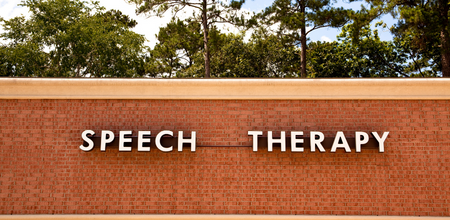The Effects of Intra-state Location on Treatment Compliance and Outcome Following Traumatic Brain Injury
Categories: Outcomes
Is intra-state location a factor in treatment compliance and outcome following traumatic brain injury (TBI)?
Past Studies
Past Studies have shown that people living in urban areas have better rehabilitation and outcome results following TBI than people living in rural areas. Mortality rates are higher for people living in rural settings, especially from motor vehicle collisions (MCVs). These facts are attributed to higher travel speeds, poorer road conditions, greater use of utility vehicles, and unavailability of adequate emergency care in rural areas. A comparison was made between patterns of injury and process of care in the United States and Scotland. In the Scotland study, there were
A study in rural Virginia confirmed that MVCs, falls and assault are the most common mechanisms of injury and concluded that rural residents, 15-19 years of age, had twice the injury occurrence rate as the general rural population. Injury rates were higher for males, and non-Caucasians had a higher occurrence of TBI.
The Scotland sample showed trauma occurrence more likely in deprived (rural) areas, which is consistent with U.S. reports. However, the mode of injury differed across geographic settings. In the Scotland study, people living in less deprived (urban) areas were more likely to sustain TBI from traffic accidents whereas those in more rural areas were more often victims of assault. Mechanism of injury could explain greater urban mortality in the Scotland study. While researchers accurately documented prevalence and mortality rates, treatment compliance, level of functioning and outcome variables were less well documented. The latter areas are important for good health care planning and compiling reliable statistics regarding outcome following TBI.
An Iowa study found that individuals with TBI in rural areas were more functionally dependent (needed help with daily living activities) than individuals with TBI from urban areas. Functional status was a result of
A Colorado study found outcome barriers for females included lack of information services, travel
Gaps exist in studies investigating outcomes of individuals with TBI in rural and urban settings. More studies are needed. Limited access to follow-up care for people in rural areas may cause
This Study
This Study examines the hypothesis that people residing greater distances from outpatient care and therapy services may have poorer compliance with follow-up treatment and medicine regimens, and may experience a greater incidence of medical complications. The study goal is to determine if patients with TBI, living in rural areas with less access to resources and amenities, have worse outcomes than patients living in urban areas with
The population studied consisted of TBI patients from two neurorehabilitation hospitals that are part of the National Institute on Disability and Rehabilitation (NIDRR) TBI Model Systems program. Criteria for inclusion in the study were a documented TBI, treatment at a Level 1 trauma center within 24 hours of injury, admission to acute care inpatient rehabilitation within 72 hours of discharge from acute care, inpatient rehabilitation received from a Model System facility, 16 years of age at time of injury, and the ability to give informed consent personally or by proxy. Participants admitted to the two Model Systems sites were injured between November 1,
Data collected from hospital and emergency room records included information regarding
The distance needed to travel to the physician for follow-up care and from the physician to outpatient therapy were two variables studied.
Data analyses identified six variables as indicators of outcome. The degree of association between outcomes and distance from participants’ residence to outpatient therapy and physician follow-up locations was examined. Results found that the majority of participants experienced no medical complications and had one-hundred percent compliance with treatment during the first month following discharge from inpatient rehabilitation. A small number of participants experienced seizures (4.6%) and falls (18.5%) during this time period. The majority of participants (67.8%) reported no problems with headaches, with the remainder of participants having headaches varying from one per day to one per month.
Who May Be Affected By These Findings
People with brain injury and their families, health professionals, community agencies, caregivers, and researchers.
Caveats
This study was a unique attempt to examine the relationship between distance, as a variable affecting
Bottom Line
Findings suggested that distance did not seem to be of significance in terms of outcome. Adherence to follow-up treatment and therapy was high although many participants relied on the assistance of others for transportation to appointments and medication management.
Please take a moment to comment on the value of this abstract:
Click here to take a brief survey
Find This Study
Anderson, S., Gontkovsky, S.T., Sherer, M., Nakase-Thompson, R., Yablon, S.A., Sander, A., High, Jr., W.M. (2004). The Effects of Intra-state Location on Treatment Compliance and Outcome Following Traumatic Brain Injury.The Journal of Cognitive Rehabilitation, 2-6.









